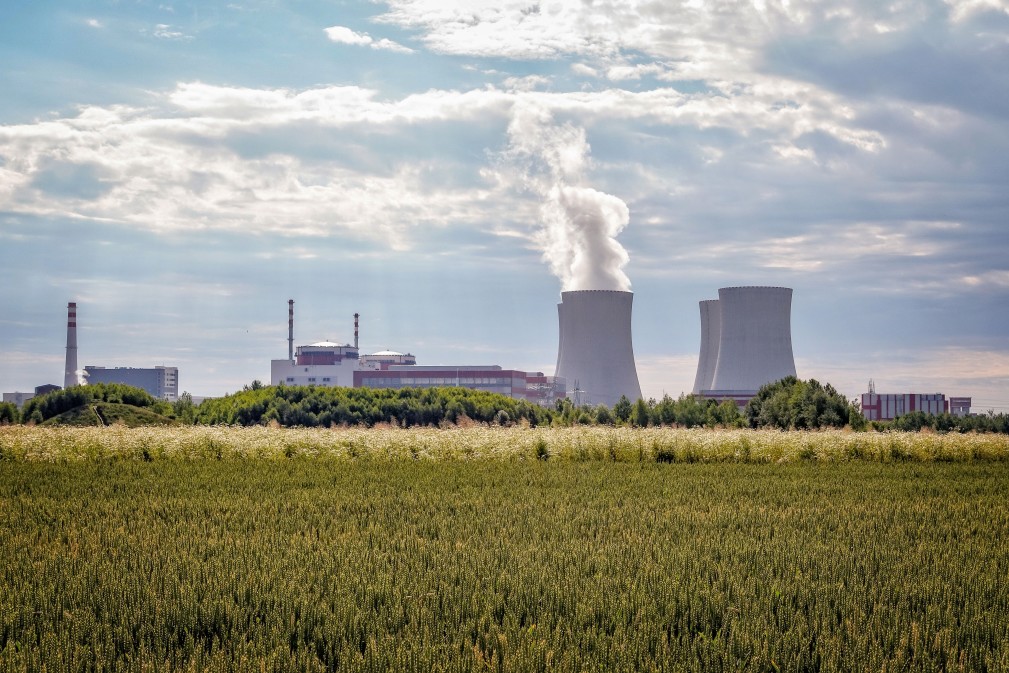For some, concerns about the dangers of climate change are eclipsing concerns about the dangers of nuclear technology.
The modern world runs on generated energy. Unfortunately, most of this energy is generated through fossil fuels, which cause climate change. A world that is committed to stopping that therefore has two options: generate less energy, or generate energy in a clean and sustainable way. Those who plump for the second choice have plenty of options. Zero-carbon energy can be created from sunshine, wind, tides and waves, geothermal heat, plant and animal material… and plutonium, if you want to go for the nuclear option.
Many don’t. Even before Chernobyl became a hit show on HBO, awareness of how dangerous accidents at nuclear power stations can be made many people reluctant to have one in their backyard. The 2011 Fukushima accident in Japan led to hundreds of thousands of people being evacuated from their homes and cemented many people’s opposition to using nuclear power. Several countries that had nuclear power plants pledged to close them. Globally, the peak year for nuclear power plants was 2002. The overall number of reactors has steadily declined since then.
Some people think this is the wrong call. Without nuclear, it’s hard to see how the world would currently be able to completely replace dirty energy generation with the clean sort, because there are still significant limitations to other low-carbon options. Things like solar panels and wind turbines require nature to play ball to work, especially because we haven’t yet figured out a foolproof way to store and transport the surplus energy generated in very sunny places or at very windy times.
We probably will get there eventually: the technology is improving rapidly, not least because the importance of the issue means it is attracting significant amounts of investment and human capital (i.e. people’s skills and brainpower). But the question is whether we can get there quickly enough. Climate scientists say avoiding the worst effects of global warming would require significant cuts to carbon emissions within the next few years. But in 2019, only 11 percent of the world’s energy came from renewable sources. Even most of the well-off European countries aren’t yet breaking 20 percent.
Of course, one way to still keep nuclear power off the table is by instead focusing on significantly paring back energy use. But would we want to?
Perhaps more than anything else, energy generation is the thing that allows the human race to structure how we work and live according to our own desires rather than being limited by the natural world. Darkness is irrelevant when you have access to electric lights. External temperatures aren’t deadly if you have your own heating and cooling systems. Even far-flung distances become little more than a minor inconvenience when you have transport as fast as ours. Indeed, with so much of the world still not as economically developed as the richest parts of it, many would argue that we actually need much moreenergy generation than we currently have. Why shouldn’t kids in Malawi or Sudan also be able to study in the evenings, or play computer games, or video call their grandma?
The point is there are no easy choices. Every path our economies could take from here comes with pros and cons. If the world re-embraces nuclear power, it is possible that we could see another cataclysmic nuclear event. We’d also have to figure out how to safely dispose of a bunch of radioactive waste and worry about whether more nuclear power would create a familiarity with the technology that would lead to more nuclear weapons about. And if the world turns away from nuclear power, we’ll have lost a powerful tool that could help mitigate some of the most pressing issues of our time.
Read our explainer on: trade offs.

